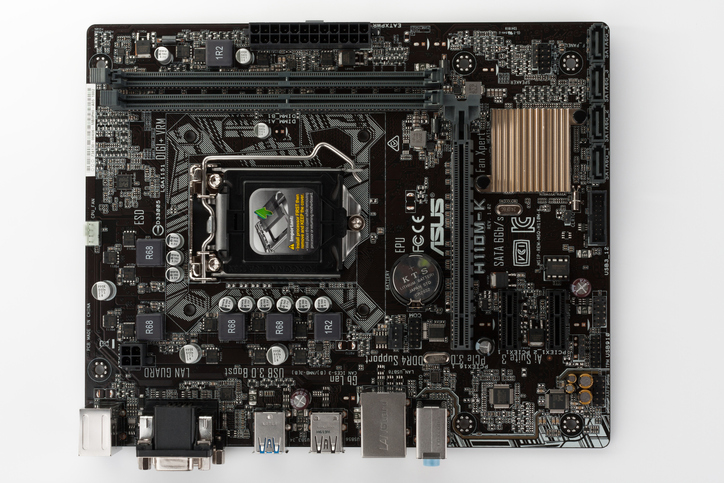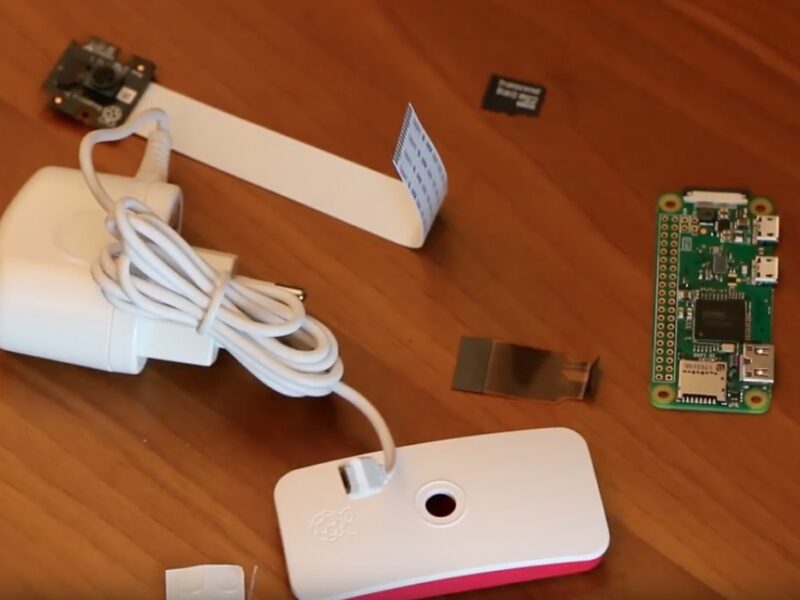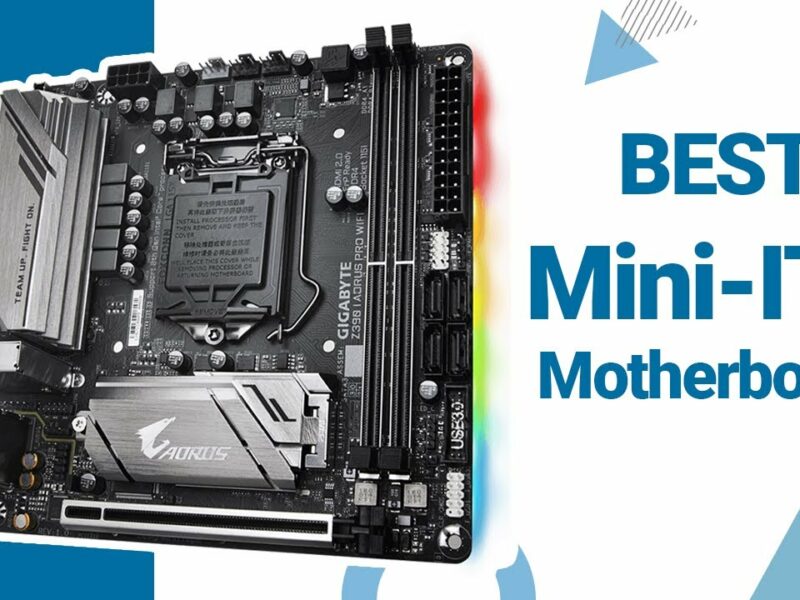The microATX motherboards are the perfect fit for those looking to build small and portable computers. These boards offer a variety of features, including some that would otherwise only be found on much larger ATX models like multiple graphic slots or additional USB ports!
The thing about this form factor is it’s very easy – simply choose which components you need most (graphics card? hard drive?) then pick your preferred layout; there aren’t any surprises here other than what might come up when installing new software anyways

How to Check Microatx Motherboard and CPU Compatibility
While it is easy to get started with selecting a compatible motherboard, there are some things that you should know. For example, make sure the chipset of your chosen MicroATX board uses an AMD socket type such as AM4 (for most modern CPUs). You can easily check these compatibility details by looking at both product listings on Amazon and simply doing some quick research online before making any purchases!
When shopping for a MicroATX motherboard, make sure it has the same socket type as your processor. To do this you need to look at what chipset or essentially which kind of computer chip is installed on board; there are many different ones with names like AMD B450/550 series that can support both Intel LGA1151 CPUs and AM4 followers alike!
How to Check Motherboard and RAM Compatibility
- MicroATX motherboard must support RAM Type (DDR4) – By this I mean the general type of RAM. The current standard is DDR4, with the previous being DDR3 (and the next being, you guessed it, DDR5, potentially releasing 2021/2022). Motherboards will only support one type of RAM, so if you’re buying the latest DDR4 RAM (as you should), you must choose a motherboard that supports DDR4 (but any modern board will as RAM types like DDR4 last for many, many years).
- MicroATX Motherboard Must Support RAM Speed – Also check your motherboard will support your RAM speed. Buying 3200MHz modules? Check that 3200MHz is officially stated in the motherboard’s list of supported RAM speeds. If you see “OC” listed after the speed, it simply means you need to manually set the speed in the motherboard BIOS (software) in order to run the module at that speed (dead easy to do as explained in our BIOS setup guide).
- RAM Must Not Exceed Motherboard’s Maximum RAM Capacity – It’s also good to know the maximum amount of memory your board can take on, particularly if you’re building an extreme system with a ton of memory, or if you’re planning on upgrading later. This shouldn’t be a problem for most builds as it’s rare to utilize the upper limits of what a board supports (any decent modern board will support a healthy amount of 32, 64 or 128 GB, etc).
- MicroATX Motherboard Must Have Enough RAM Slots – Full-sized ATX motherboards will have 4 RAM slots, but Micro ATX and/or Mini ITX motherboards might only have 2. Obviously, if you get a board with only 2 slots, don’t buy 4 RAM modules. But you always want to get 2 modules and never 1, as with 2 modules installed your RAM will run in what’s called “dual channel” mode that will increase performance slightly (not much, but it definitely makes a difference).
If you check the above things, you will be good to go 9 times out of 10. But it’s worth mentioning there are certain instances (if you get unlucky) where a particular set of RAM sticks will not be compatible with a certain motherboard, even if all of the above specs match up. Why? It just happens, unfortunately, and is why motherboard manufacturers provide what’s called a QVL (Qualified Vendor List) for their motherboards, which lists the RAM modules they’ve officially tested to work with that board.
But the thing is, it’s impossible for manufacturers to test and list every single model of RAM out there for all their boards, so many modules will still work fine even if they’re not on the QVL list. Modern hardware is good like that; it usually just works. So in general, due to the low potential for compatibility issues when it comes to motherboard and RAM (especially if you stick to more common RAM brands), the general consensus within the DIY community is that it’s safe to ignore the QVL and just buy whichever RAM you want.




